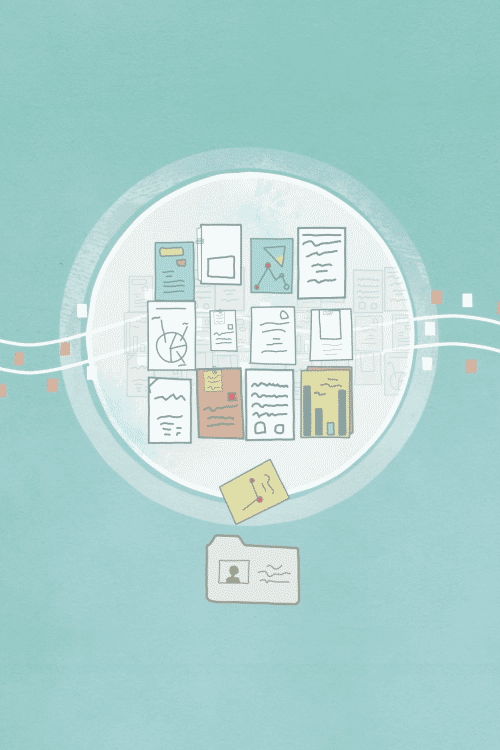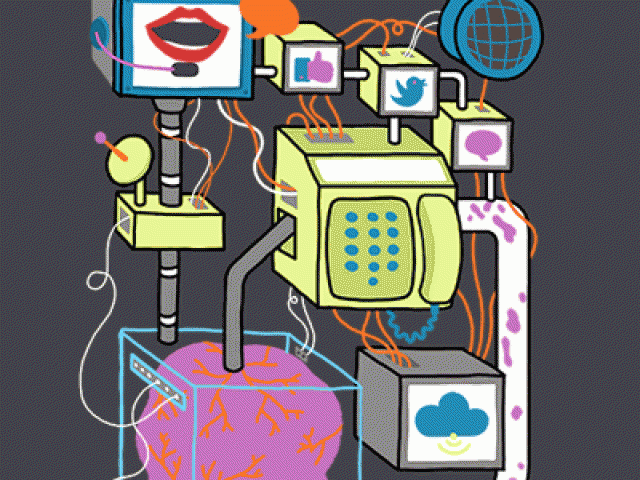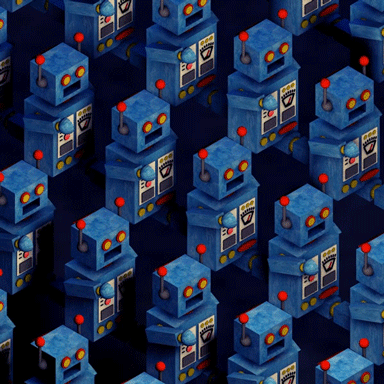Out with the old, in with the new: CBS switches Learn for Canvas

Better possibilities for digital teaching, user-friendliness, and easier communication between students and teachers via an app. CBS’ new teaching and learning platform, Canvas, has a lot to offer and will replace Learn this year.
After the summer break, students and teachers at CBS will get acquainted with the new teaching and learning platform, Canvas. Canvas is taking over CBS’ old system Learn, as it has much more to offer students and teachers, explains Thomas Rousing, E-learning Consultant at Teaching and Learning at CBS.
“Students and teachers get a more user-friendly platform which is far more accessible. For example, you can access it through an app, which makes it easier for students and teachers to communicate. Learn mostly supported one-way communication from teachers to students. Not the other way around,” he says and continues:
“Furthermore, Canvas will give teachers better opportunities for setting up online activities, organizing their material, and making quizzes and videos – supporting CBS’ goal of more courses and teaching being based on blended learning. These are some of the great things we gain from implementing Canvas.”
The decision to put Learn to rest was made in 2017, and the search for a new platform began. And one criteria was especially important to CBS: something up-to-date.
“The platform in itself will not revolutionize our teaching, but it’s an important step in developing the digitalization of education at CBS. This is not to be underestimated. The easier it is for students and teachers to use the platform, the more possibilities we create for developing our teaching,” says Thomas Rousing.
CBS Canvas will be available during spring, however, Learn will not be closed down right away. To make sure that students and teachers have time to save all the material from the old platform, Learn will be continued until the autumn of 2020. The staff of Teaching and Learning and CBS IT have already imported autumn 2018 and spring 2019 courses to CBS Canvas.
Supporting blended learning
CBS is currently adapting its courses and teaching to be more blended. This means that on-campus teaching must be combined with various online activities, such as quizzes, video-based teaching, and group discussions. But the core of those activities, Learn posed a bit of a barrier for teachers when developing their teaching, explains Thomas Rousing.
“Learn had a lot of functionalities, but sometimes the number of functions actually worked as a barrier for some teachers. It was harder to work with the digital elements of blended learning in Learn also because of the relatively low level of user-friendliness in the system. Sometimes it could seem a bit overwhelming to upload just one activity,” he says and continues:
“Canvas is developed with a more modern mindset. As an example, it is easier to add external applications to Canvas. If you wanted to implement a new tool in Learn, you had to talk to the IT department about this, and ask them to integrate it. On Canvas you have more options for doing that yourself.”

In the competitive tender process, CBS received four offers from different companies. Staff from Teaching and Learning, CBS IT and groups of students, teachers and administrative staff were then asked to test and evaluate the different platforms.
For example, teachers were asked to set up assignments or a quiz and evaluate the user-friendliness of the process. Students were asked to hand in assignments and complete the quizzes, and based on the evaluations, Canvas won.
“This is a field-proven system that is also implemented at other universities, for example the University of Copenhagen and Stanford University in the USA,” says Thomas Rousing.
An easier start
The implementation process requires that teachers and students take the time to get familiar with the new system. Teaching and Learning has made tutorial videos and produced material that explains the features of CBS Canvas. However, Thomas Rousing does expect that not everyone will be as satisfied with the changes at first.
“Some will find it annoying, and that can’t be avoided,” he says and continues:
“On the other hand, more and more people are used to switching between different kinds of platforms throughout the course of a day. Downloading new apps to our phones and getting acquainted with new digital systems have become a bigger part of our lives. It’s something we’ve become used to, and I hope that we, in the material that we send out, make it easy for people to get to know Canvas. We’ve tried to make it as easy and trouble-free as possible.”







































































































































Comments